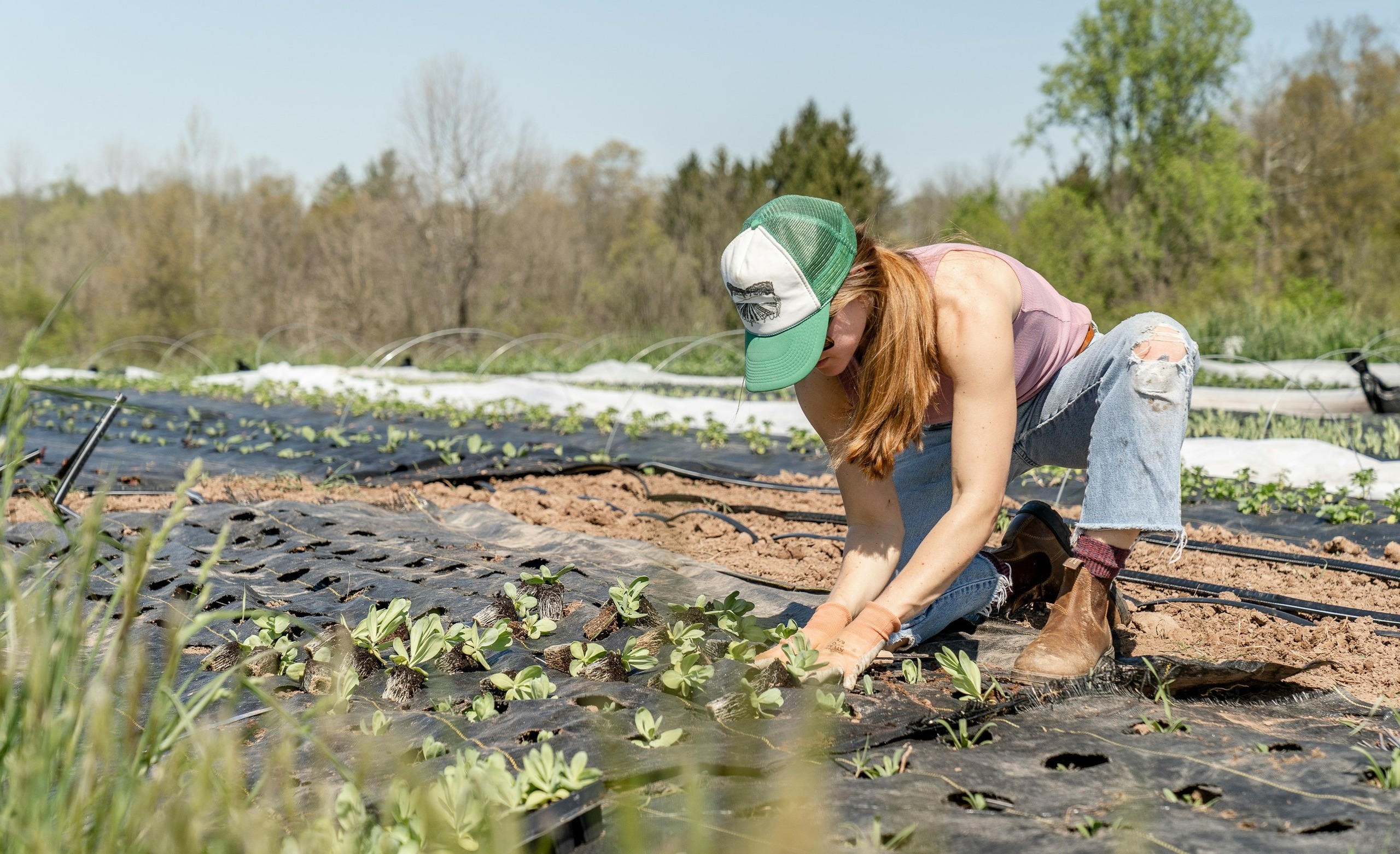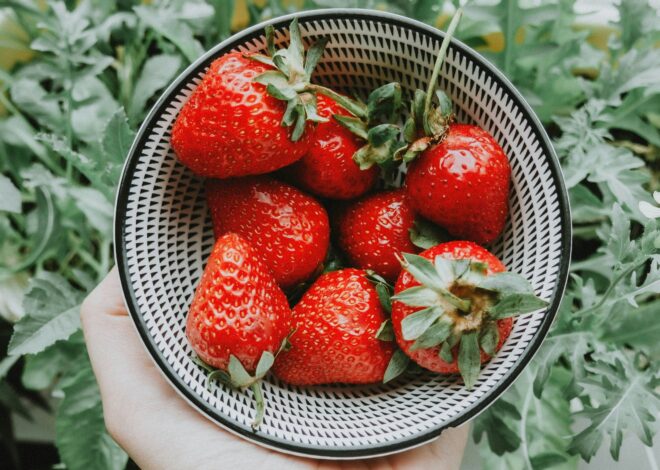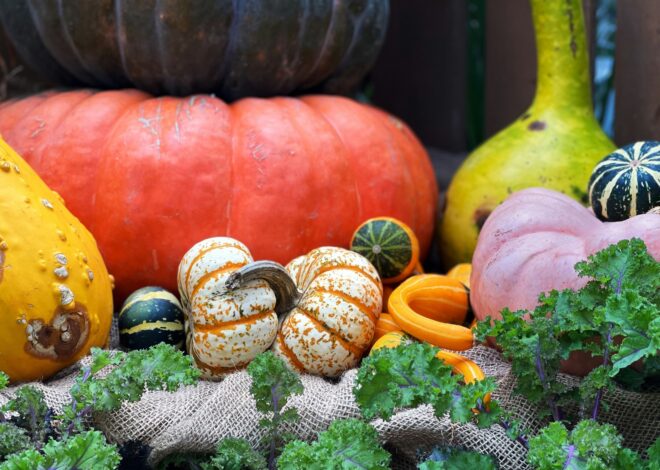
How To Grow A Garden For Beginners
Welcome to our comprehensive guide on how to grow a garden for beginners. Gardening is a wonderful adventure waiting to unfold. Imagine stepping outside and being greeted by vibrant colors, fragrant blooms, and fresh produce growing right in your backyard.
It’s not just about the flowers or vegetables; it’s about connecting with nature, nurturing plants, and watching them thrive under your care. If you’ve ever thought about starting a garden but didn’t know where to begin, you’re not alone.
Many beginners find themselves overwhelmed by the idea of gardening—but it doesn’t have to be complicated! With a little guidance and some basic knowledge, anyone can cultivate their own green paradise.
Whether you’re looking for a hobby that soothes the mind or dreaming of homegrown tomatoes on your dinner plate, this guide will walk you through everything you need to know on how to grow a garden for beginners. Let’s dig into this exciting journey together!
Benefits of Growing a Garden
Growing a garden offers a multitude of benefits that go beyond just cultivating plants. It’s a fantastic way to connect with nature, providing an escape from the hustle and bustle of daily life. Gardening encourages physical activity, promoting fitness through light exercise.
Digging, planting, and weeding can enhance your strength and flexibility while improving your mood. Another major perk is access to fresh produce. Homegrown fruits and vegetables are not only tastier but also free from harmful chemicals often found in store-bought options.
Additionally, nurturing plants fosters mindfulness. Tending to your garden allows you to slow down and appreciate the simple joys of life. Gardening can build community ties by sharing surplus harvests or exchanging tips with neighbors. This shared passion creates connections that enrich our lives in unexpected ways.
Choosing the Perfect Location for Your Garden
Finding the right spot for your garden is crucial. Look for an area that receives at least six to eight hours of sunlight daily. Most vegetables and flowers thrive in bright light. Consider proximity to a water source as well. Your plants will need regular watering, so having access makes maintenance easier.
Evaluate the soil type too. Drainage is key; avoid areas where water tends to pool after heavy rain. Think about wind exposure as well. A sheltered location can protect delicate seedlings from harsh gusts. Keep accessibility in mind! You want a space that’s easy to reach for planting, weeding, and harvesting without hassle. Choose wisely, and your garden will flourish!
Understanding Soil and How to Improve It
Soil is the foundation of a thriving garden. Understanding its composition is crucial for your plants’ success. Healthy soil has a mix of sand, silt, clay, and organic matter. This combination allows for proper drainage while retaining essential nutrients.
Testing your soil pH can help you determine how acidic or alkaline it is, which influences plant growth. If your soil lacks nutrients or structure, consider amending it with compost. Compost enriches the earth and improves aeration. You can also add peat moss or well-rotted manure to enhance moisture retention.
Mulching helps regulate temperature and reduce weed growth too. Organic mulch breaks down over time, feeding the soil naturally. Don’t forget about crop rotation if you’re planting annually! Changing locations each season prevents nutrient depletion and reduces pest problems in your garden bed.
Essential Tools and Supplies for Gardening
Every gardener needs the right tools to make their work easier and more enjoyable. Start with basic items like a trowel, which helps in digging and planting without much hassle. A sturdy pair of gloves is essential. They protect your hands from dirt and potential scratches while providing grip for handling tools.
Don’t forget about pruning shears; they are invaluable for maintaining plant health by trimming dead or overgrown branches. A watering can or hose with an adjustable nozzle will ensure that your plants receive just the right amount of moisture.
Consider investing in a gardening apron or bag to keep everything organized. Having these essentials at hand creates a smoother gardening experience, allowing you to focus on nurturing your green space effectively.
Beginner-Friendly Plant Options
Starting your garden journey can be exciting yet overwhelming, especially with so many plant options available. It’s best to begin with varieties that are forgiving and easy to grow. Consider herbs like basil, mint, or chives. These not only enhance your meals but thrive in various conditions.
They’re perfect for beginners who may forget to water occasionally. Vegetables such as lettuce and radishes also make excellent choices. They germinate quickly and provide fast rewards, helping you gain confidence as a gardener.
If flowers spark your interest, marigolds and sunflowers are wonderful starting points. They’re resilient and add vibrant color without much fuss. Choosing beginner-friendly plants can set the stage for a successful gardening experience while keeping the process enjoyable!
Choosing What to Plant in Your Garden
Choosing what to plant in your garden can be one of the most exciting steps. Start by considering your climate and growing season. Some plants thrive in warm weather, while others prefer cooler temperatures. Think about what you enjoy eating.
If fresh tomatoes or basil are on your list, then focus on those. Herbs are also a fantastic option for beginners since they require less space and effort. Take into account sunlight availability as well. Some plants need full sun, while others flourish in partial shade.
It’s wise to choose a mix of annuals and perennials for variety throughout the seasons. Annuals will offer quick rewards, while perennials may take longer but return year after year. Visiting local nurseries can provide inspiration too! You might discover unique varieties suited to your area that aren’t found at larger retailers.
Tips for Maintaining a Successful Garden
Maintaining a successful garden requires regular attention. Begin with a consistent watering schedule. Early mornings are ideal to prevent evaporation and ensure plants absorb moisture. Weeds can quickly overtake your garden beds.
Regularly check for them and remove them by hand or use mulch to suppress their growth. Fertilizing is essential for vibrant plants. Use organic fertilizers when possible, as they enrich the soil without harsh chemicals.
Don’t forget about pruning! Trim dead or yellowing leaves to promote healthy growth and airflow through your plants. Rotate your crops each season if you’re growing vegetables. This practice helps prevent soil depletion and reduces pest problems.
Keep an eye out for any signs of distress in your plants—discoloration, wilting, or unusual spots could indicate issues that need addressing promptly. Being proactive can make all the difference in maintaining a flourishing garden.
Caring for Your Plants: Watering, Fertilizing, and Pruning
Watering your plants is essential for their growth. It’s important to know when and how much to water. Early mornings are best, allowing moisture to soak in before the heat of the day. Avoid overwatering; it can lead to root rot.
Fertilizing gives your plants a boost they need throughout their life cycle. Organic options like compost or fish emulsion are great choices for beginners. Just follow package instructions to avoid harming your plants.
Pruning may seem daunting but it’s crucial for healthy growth. Remove dead or yellowing leaves regularly, as well as spindly stems that take energy from healthier parts of the plant. This encourages new growth and keeps your garden looking tidy.
Pay attention to each plant’s unique needs, adjusting your care routine accordingly. Every plant has its personality; understanding them will make gardening even more enjoyable!
Dealing with Common Garden Pests and Problems
Garden pests can turn your thriving plants into a sad sight. But don’t panic; there are ways to tackle these challenges. First, identify the culprit. Common pests include aphids, snails, and spider mites. Look for signs like holes in leaves or sticky residue on stems.
Once you know what’s bothering your garden, consider natural remedies before reaching for chemicals. Neem oil is an effective deterrent against many insects while being gentle on beneficial bugs. Encourage predators in your garden too.
Ladybugs and lacewings feast on harmful insects and help maintain balance naturally. Regularly inspecting your plants helps catch issues early. Remove any infested foliage promptly to prevent further spread. Don’t forget about environmental factors that could be at play—poor drainage or overcrowding can lead to problems as well. Keeping a close eye on everything will ensure a healthier garden ecosystem.
Harvesting and Enjoying the Fruits of Your Labor
Harvesting your produce is a rewarding moment in gardening. It’s the culmination of hard work and patience. When you pick ripe fruits or vibrant vegetables, you’re not just gathering food; you’re celebrating your efforts.
Timing is key when it comes to harvesting. Each plant has its own signs of readiness. Look for color changes, size differences, or texture variations. For example, tomatoes should be firm but slightly soft to the touch.
Once harvested, enjoy fresh flavors that store-bought options can’t match. Savor raw veggies with a sprinkle of salt or whip up a salad bursting with colors straight from your garden. Get creative! Try new recipes featuring seasonal ingredients.
Share your bounty with friends and family—they’ll appreciate the gift of homegrown goodness too. The joy doesn’t end with harvest day; it continues through meals filled with pride and satisfaction from nurturing what you’ve grown yourself.
Conclusion: The Joy of Growing Your Own Garden
Growing your own garden is an enriching experience that offers countless rewards. Each seed you plant is a step towards self-sufficiency and sustainability. As you watch your plants thrive, you’ll feel a sense of pride in nurturing life from the ground up.
Not only does gardening beautify your space, but it also provides fresh produce right at your fingertips. Imagine stepping outside to pick ripe tomatoes or fragrant herbs for dinner. The flavors are unmatched, and knowing they came from your efforts makes them even more satisfying.
Beyond the physical benefits, gardening can be a therapeutic escape from daily stressors. It encourages mindfulness and connection with nature as you immerse yourself in the natural world around you.
Starting a garden may seem daunting at first, but remember that every expert gardener was once a beginner too. Embrace the learning process; mistakes will happen along the way, but these moments become invaluable lessons that shape your green thumb.
As seasons change and growth unfolds before your eyes, you’ll discover not just how to grow plants, but also how much joy comes from cultivating patience and care through this rewarding hobby. So gather those seeds and tools—your adventure into gardening awaits!




Jack,
I just checked out your article on how to grow a garden for beginners, and I found it incredibly helpful! The step-by-step instructions make it feel accessible, even for someone like me who’s new to gardening. I particularly appreciated the tips on selecting the right plants based on climate and soil type—it’s great to see such practical advice!
The section on pest control is also a game changer; I always worry about bugs ruining my plants. I can’t wait to put these tips into practice and start my own garden. Thanks for sharing such valuable information! 🌱
Do have any suggestions for something easy I should start with… basil, lettuce etc…
Sincerely
Opa
Hi Opa,
I’m so glad that you enjoyed my article on how to start a garden for beginners. Gardening is not as hard as people think and a great way to have fresh fruits and vegetables saving a ton of money over time. My wife and I started our own garden a few years ago and love every minute of it.
It’s a satisfying feeling to grow your own food and a lot of fun as well. Just like anything else, the more you garden the better you become. You’ll learn what crops to grow and when. And you’ll also learn the right time to harvest your garden.
If you want to start off with something really easy to grow, I would suggest tomatoes. You can put them in small pots and leave them in the sun and bring them in during bad weather. You can even grow tomatoes in the winter time inside your house as long as they get enough sunlight.
And don’t forget to water your tomatoes. They require lots of water and sunlight and pretty much grow on their own. There’s nothing like eating home grown tomatoes. Thank you for stopping by today and sharing your thoughts with us today. Please come back and let me know how your garden is coming along.
Best wishes Opa,